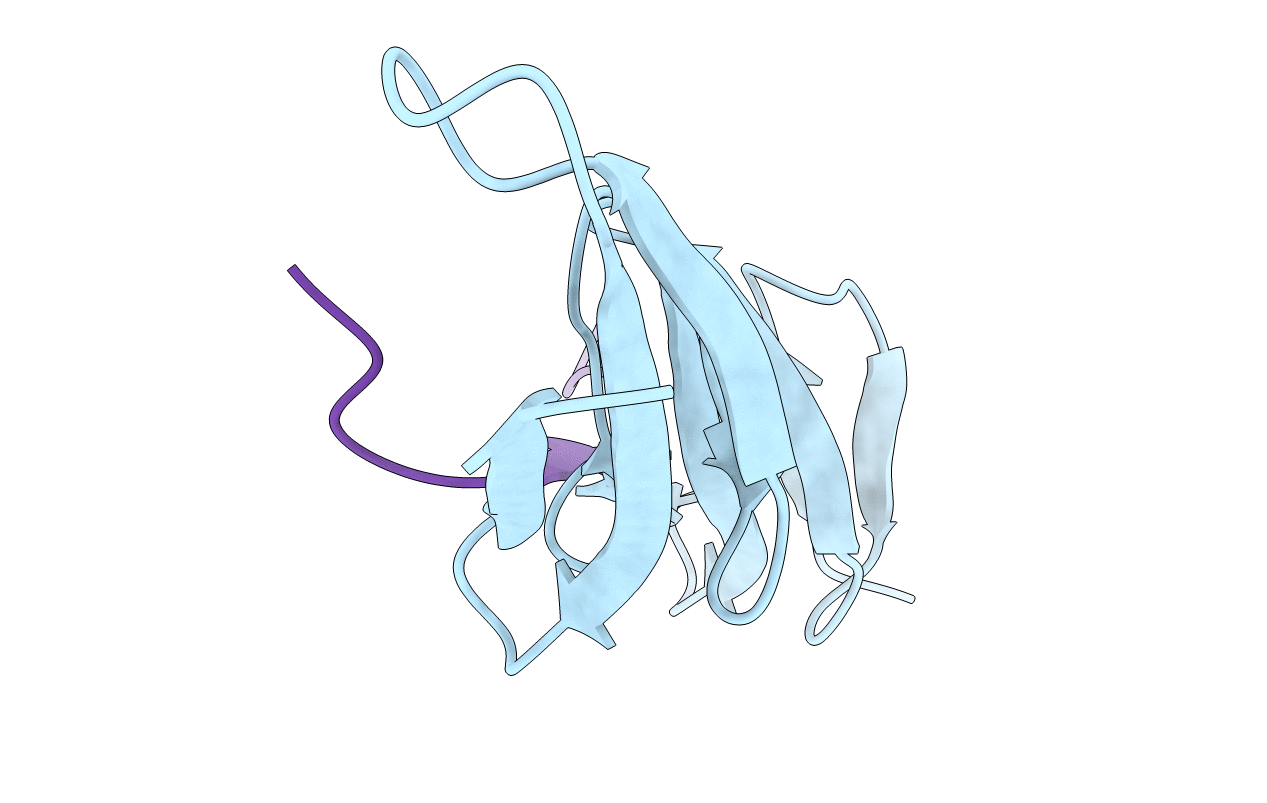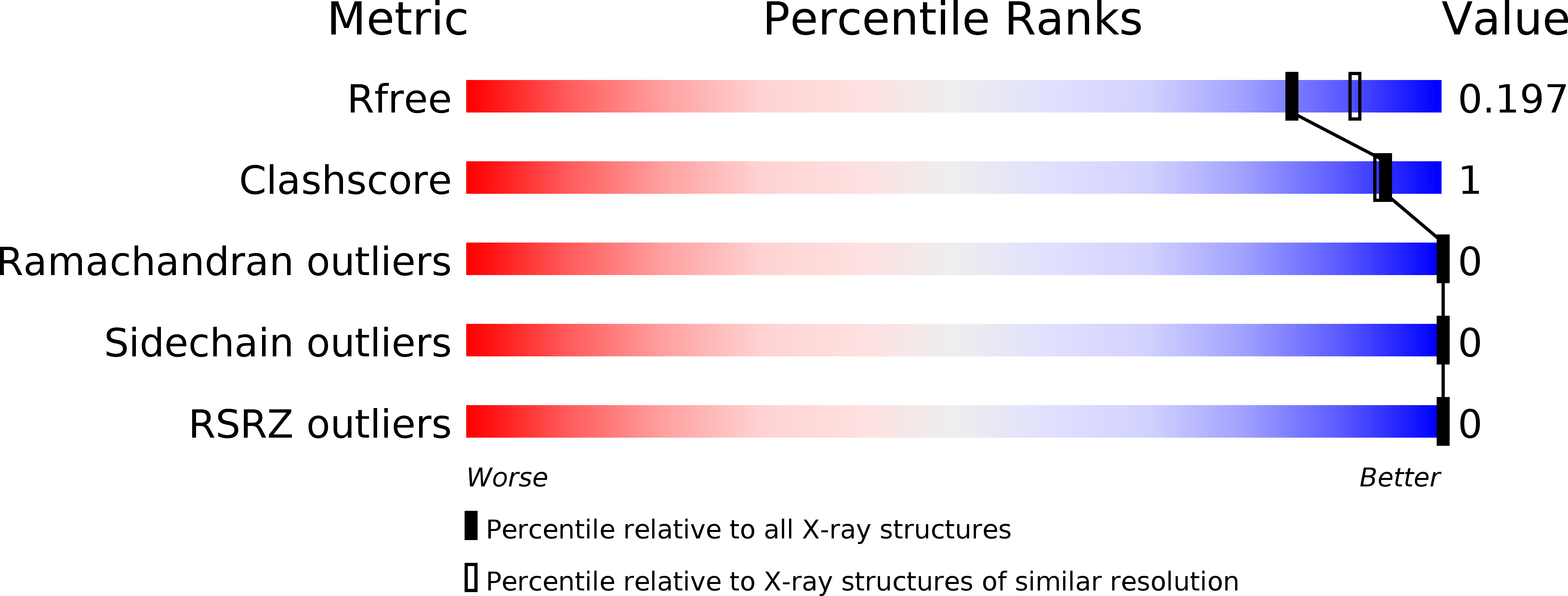
Deposition Date
2014-03-28
Release Date
2014-07-02
Last Version Date
2024-10-16
Entry Detail
PDB ID:
4PZ5
Keywords:
Title:
Crystal structure of the second and third fibronectin F1 modules in complex with a fragment of BBK32 from Borrelia burgdorferi
Biological Source:
Source Organism:
Homo sapiens (Taxon ID: 9606)
Borrelia burgdorferi (Taxon ID: 224326)
Borrelia burgdorferi (Taxon ID: 224326)
Host Organism:
Method Details:
Experimental Method:
Resolution:
1.96 Å
R-Value Free:
0.19
R-Value Work:
0.16
R-Value Observed:
0.16
Space Group:
P 65 2 2


